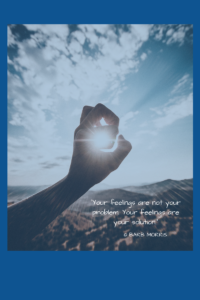In “A letter from God to her daughters who observe Lent,” I suggested that, this Lent, rather than “focusing on the ways you’re not good enough and the ways you fall short, you commit to your own healing.” To my astonishment, the post has been viewed over 45,000 times. Clearly it struck a chord with many of you.
But what exactly is “healing”? Like most important words, “healing” means different things to different people. This post explores what I think healing is, the number one reason we don’t heal as well as we could, and ways to explore what healing might mean for you.
First, some etymology. Our modern English words health, healing, whole, and holy all spring from the same root in Old English, hāl. So our healing and health are rooted in being whole, and our wholeness is a blessing to the world. We’re holy wherever we are on our journey to wholeness simply because we’re created by and rooted in the Holy One.
“Soul” is another big word that means different things to different people. When I think of my soul, I’m imagining the place within me where I experience connection to my Source. The soul is like the stem connecting the pear to the branch; the channel water follows from the underground aquifer to the spring; the tree’s taproot reaching down to nourishing soil. Our souls are the conduit for God’s healing—healing that’s always waiting for us.
Our souls speak in metaphor and image. What healing is for you depends on your primary metaphor. (A metaphor is a sort of shorthand label for a worldview – a frame through which we perceive our lives. I’ll use both words interchangeably in this post.) That frame, that metaphor, is profoundly important.
We have metaphors we live within, whether we are aware of them or not. We swim in our metaphors like fish swim in water. It’s crucial that the water you swim in is healthy, unpolluted, life-giving water.
So many of us are swimming in polluted metaphors, because
we live in a culture steeped in judgment, conflict, and competition. We live as
though life is a courtroom, or a war, or a test. Or all three at once.
So many of us learned in school that the goal of life is
to follow the rules and get it right, whatever it is. In this elementary school
worldview, we compete for good grades and approval. We are pupils and God is
the strict taskmaster doling out affirmation sparingly, and only to those who
achieve perfection.
So many of us learned in Christian churches that life is
a courtroom, and God is a stern judge who demands retribution for our
infractions of His law. We are so bad, in fact, that He needed to send Jesus to
die for our sins, because we could never otherwise repay Him for our
transgressions. In this metaphor, we are defendants constantly trying to prove
ourselves worthy of love and acceptance.
I learned the war metaphor growing up in a family with addiction, scary conflict between my mom and dad, and physical violence. I woke up this morning, as I often do, already tensed for battle. “Life as war” is the metaphor I automatically gravitate to. This worldview tells me that every day is a battleground where survival is achieved through appeasement, keeping my head down, and staying camouflaged. In this metaphor, I am caught in the crossfire, vulnerable to collateral damage in someone else’s war. And those in charge, including God, don’t care in the least about me and my well-being.
These three polluted metaphors have common elements. They’re highly regimented and rule-bound, full of fear and straight lines and doing what you’re damn well told. All three feature a separate and distant God who rules from the top down. These metaphors say “need to, have to, can’t, shouldn’t.”
Friends, here’s good news. These metaphors are not the truth. They are, to put it bluntly, incorrect. These worldviews are socially constructed by institutions that benefit when we stay in line, stuck in fearful consumerism, competition, and addiction.
I know these metaphors are false because they aren’t grounding, loving, and compassionate. Love created us from Earth to live lives grounded in the deep knowledge that we are lovable and so very enough. We’re created to live in joy and purpose by the Holy One who is the source of joy and purpose. We don’t have to prove anything.
When you read the descriptions of these three metaphors,
how does your body feel? Does your upper body tense? Does your breathing become
more shallow? Do your eyes squint and your focus narrow? Does your heart rate
increase?
A metaphor that creates stress is a destructive metaphor.
Healing happens when we live within healing metaphors.
Our worldviews must grow from the bedrock truth of our goodness to be healing for us.
Perhaps true repentance is trading in a polluted metaphor for a healing metaphor. The word often translated as “repentance” in the Bible is the Greek word “metanoia,” which literally means to have a “new mind.” To have our minds blown open. Our metaphors live in our brains. We can change our brains. We can have new minds. If one or more of these destructive, poisonous metaphors feels familiar, you can choose a new one. A healing one.
[Biblical Interlude: (Some readers don’t give a rat’s rooty-poo about the Bible. For others, scripture is deeply important. If the Bible is unimportant to you, feel free to skip this paragraph.) In Romans 12:2, Paul admonishes his readers not to be conformed to this world, but instead to be transformed by the renewing of their minds, so that they will know the will of God and be better able to follow it. In chapter 8 of his letter to the Romans, Paul contrasts life in the flesh and life in the Spirit. He says that life in the flesh leads to death, and that life in the Spirit leads to more life. (The word “flesh” is better translated as “world.”) I understand Paul to be talking about living within rigid and static metaphors – living in a false metaphor rather than a worldview that springs from our belovedness. Life in the Spirit is life lived within a changing, flowing, healing worldview. And what is choosing a new metaphor but a “renewing of your mind” that will lead to transformation?]
Your true self, your soul, speaks in metaphor and image. Because we live in a culture that considers knowledge to be only that which can be weighed and measured and proven with numbers, many of us have lost touch with our soul’s wisdom. You will never fully heal if you’re living in a damaging metaphor. We heal when we relearn our soul’s native tongue, and dwell within metaphors of wholeness, joy, and purpose.
What metaphors might create groundedness, wholeness, and peace for you? Perhaps one of these: A Redwood tree. A spring of living water. A hummingbird flying from flower to flower. A boat sailing on the ocean. A pilgrim on a journey. A butterfly emerging from her chrysalis. A snake shedding its skin. A bird incubating eggs. A stream flowing in the desert. An oak tree. A peaceful cloister. A lively temple. A warm house. A growing garden. Granite. Sunlight. Flame. A mother or father caring for their child(ren). A community. A loving friend. A soccer team. Bees in a hive. A fern unfurling in springtime. And so many more, probably as many more as there are souls. I want to keep going with this list! Your soul’s metaphors may be numerous. Your soul may fly from flower to flower like a hummingbird, too.
In these metaphors, God is interwoven, part and particle of the world, feeding, healing, growing, and wild. These metaphors are open-ended, flowing, growing, and use words like “choose, desire, want, will.” Many of them are drawn from the natural world, because, after all, human beings are just fancy animals.
How do you feel when you read these? I can feel my breath
deepen, my heart slow down, my arms and neck relax, and my focus widen.
When I feel that my body is tense and anxious because I’m falling back into my familiar battle metaphor, I remember, eventually, to choose a different one. You’ll know when you’ve connected to a healing metaphor when you feel more grounded, whole, and peaceful.
Traditional spiritual practices for getting in touch with our connection to God and our soul’s wisdom include formal worship, chanting the psalms, silent retreats, Lectio Divina, Centering Prayer, walking labyrinths, pilgrimage, and daily prayer time.
Here are some less-traditional ways to explore what your
soul’s healing metaphor(s) might be.
- Stream of consciousness writing (Morning Pages are one example)
- Meditation
- Vulnerable conversations with trusted friends
- Intuitive painting
- Collage
- Art journaling
- Contemplative walking
- Photography
- Reading and writing poetry
- Reading and writing fiction, fairy tales, fantasy
- Yoga
- Running
- Sitting on a rock, under a tree, atop a mountain, next to a river…
- Dancing
- Playing
- Gardening
- Building something
- Sweaty physical labor
- Working with a coach or spiritual director
There are so many more methods for connecting with our soul. They seem to involve getting out of our thinking heads and into our bodies.
This “Soul Whispering Process” has been helpful to me and my clients. It might be helpful to you, as well. Download it here.
Choose one or two of these, or something completely different, and practice them consistently. Be patient.
Parker Palmer says the soul is like a wild animal to be
approached slowly, quietly, and reverently:
“Like a wild animal, the soul is tough, resilient,
resourceful, savvy, and self-sufficien: it knows how to survive in hard places….
Yet despite its toughness, the soul is also shy. Just like a wild animal, it
seeks safety in the dense underbrush, especially when other people are around.
If we want to see a wild animal, we know that the last thing we should do is go
crashing through the woods yelling for it to come out. But if we will walk
quietly into the woods, sit patiently at the base of a tree, breathe with the
earth, and fade into our surroundings, the wild creature we seek might put in
an appearance. We may see it only briefly and only out of the corner of an eye—but
the sight is a gift we will always treasure as an end in itself.” Parker
Palmer, A Hidden Wholeness
Awareness of the metaphors in which we dwell is crucial to our healing. If you tend toward stress, scarcity, and fear, you’re swimming in a polluted worldview. You have the power to choose life-giving, free-flowing, healing metaphors to live in.
Let’s give Mary Oliver the last word:
“What I want to say is
the past is the past,
and the present is what your life is,
and you are capable
of choosing what that will be,
darling citizen.
So come to the pond,
or the river of your imagination,
or the harbor of your longing,
And put your lips to the world.
And live
your life.”
from Mornings at Blackwater
Image: The Bear and the Child, kid-lit.net, photographer unknown

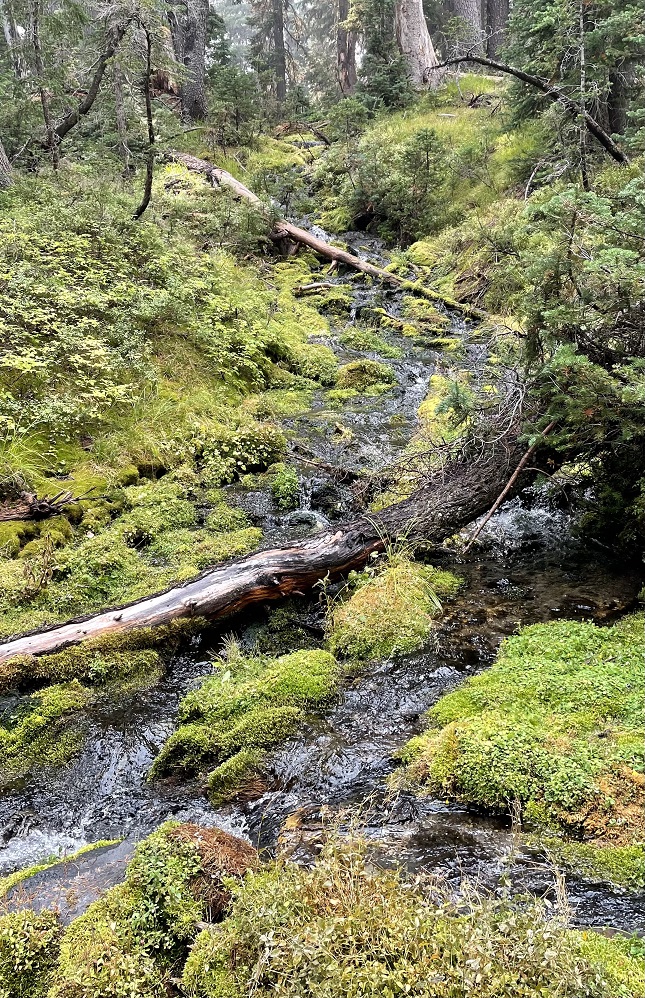

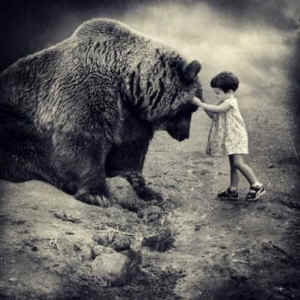
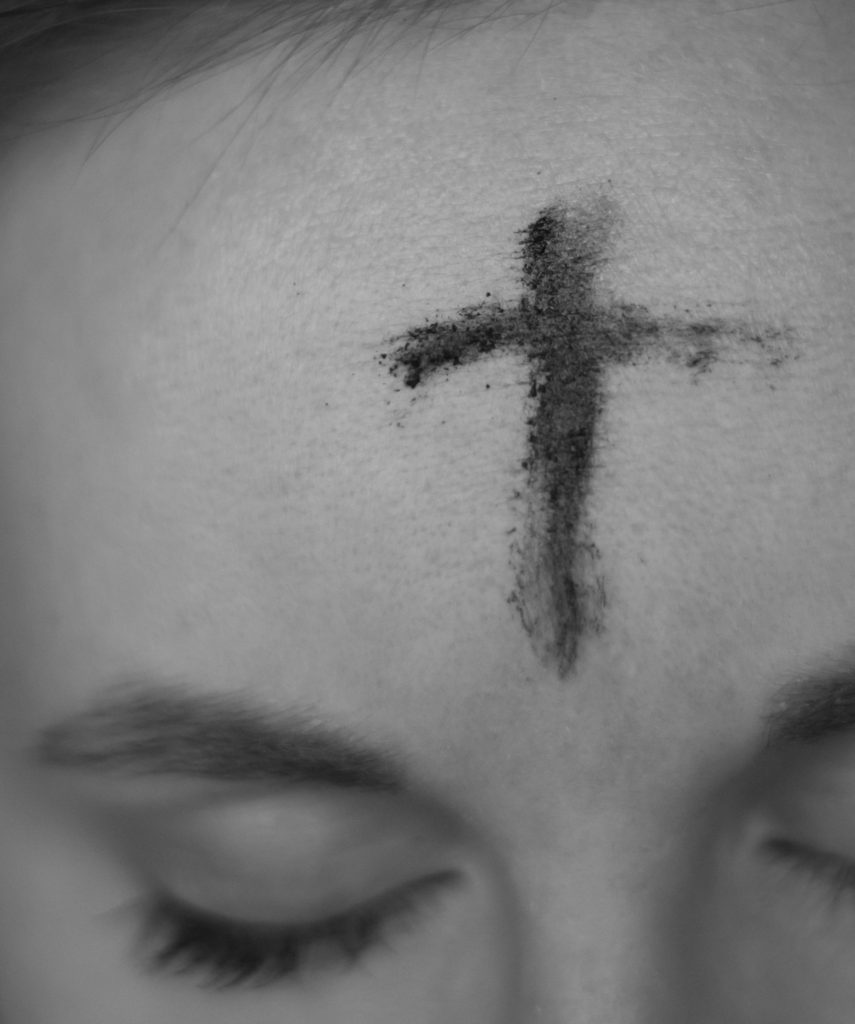
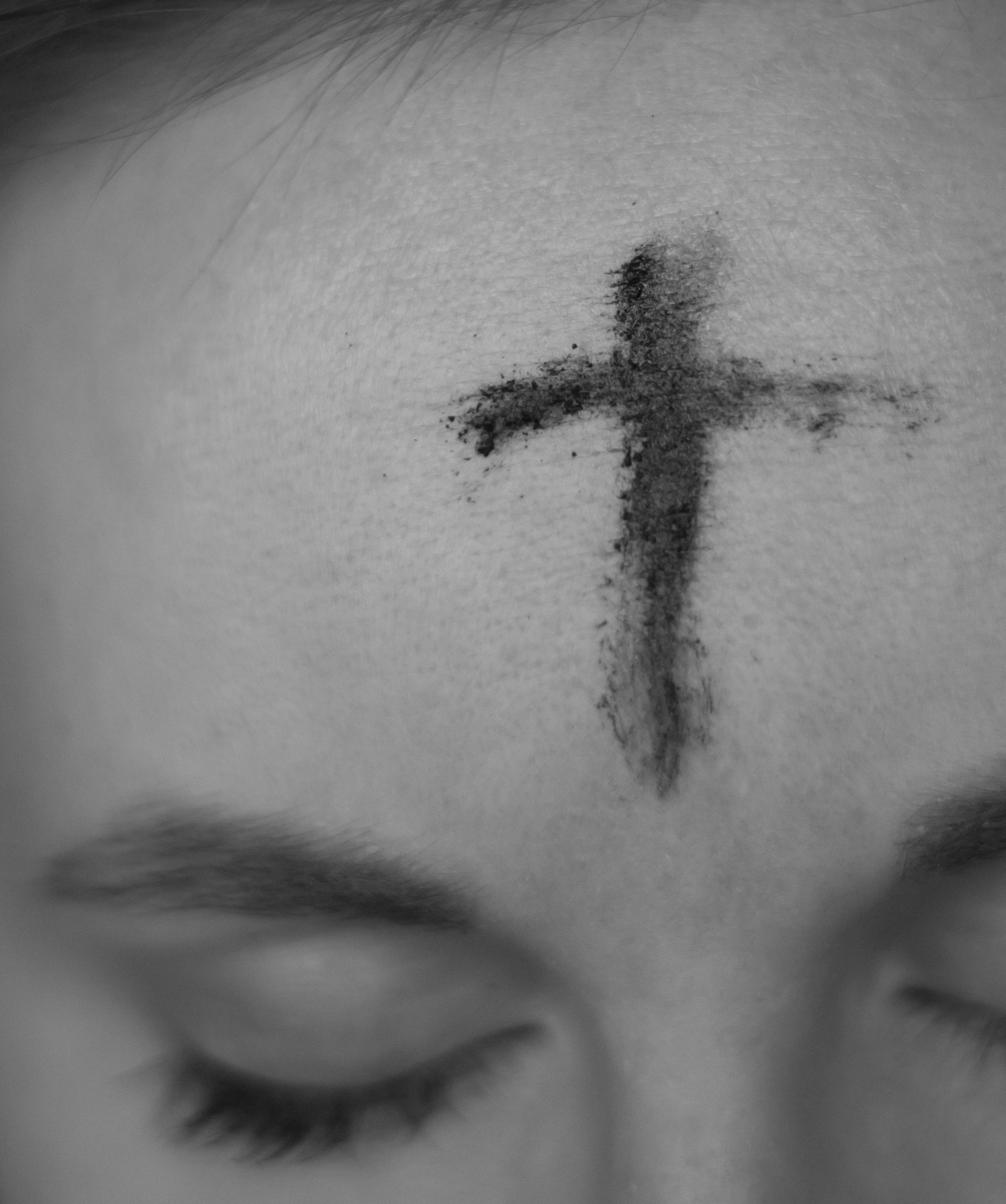 Dear Daughter,
Dear Daughter,